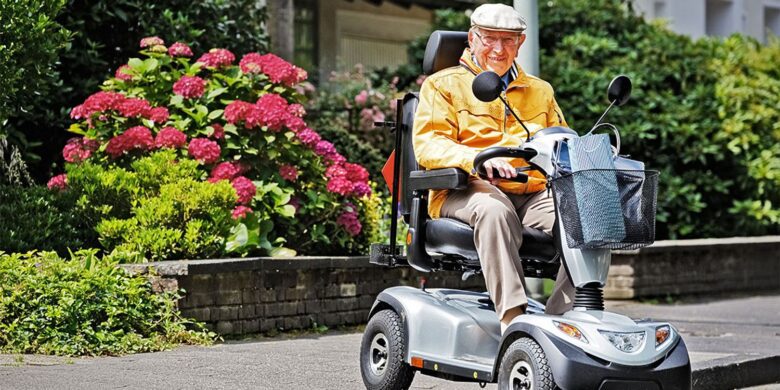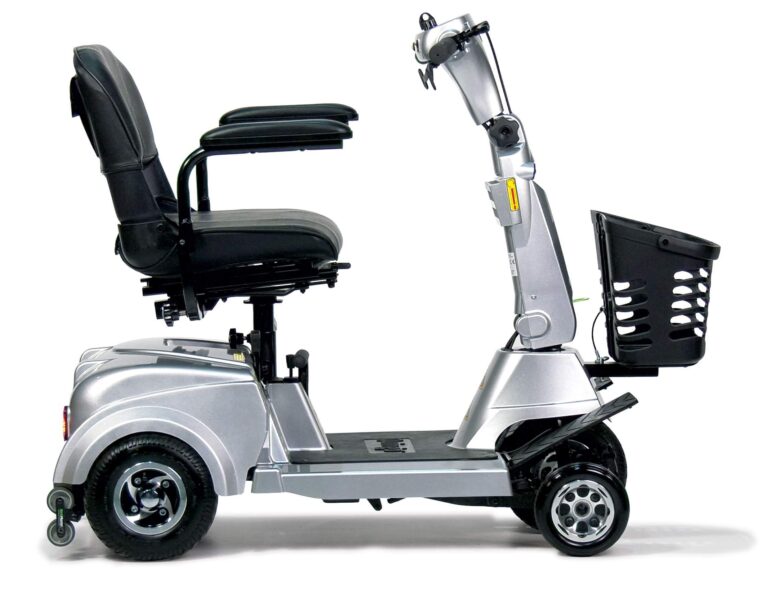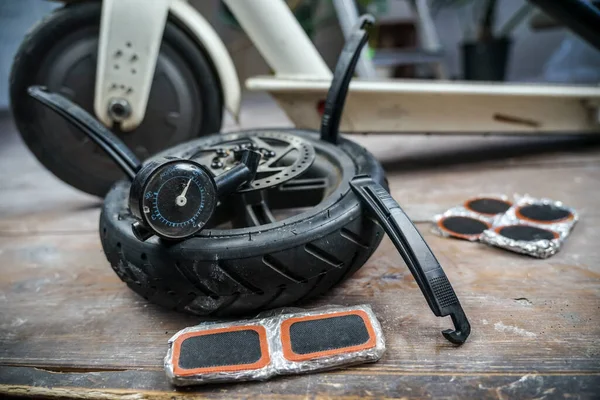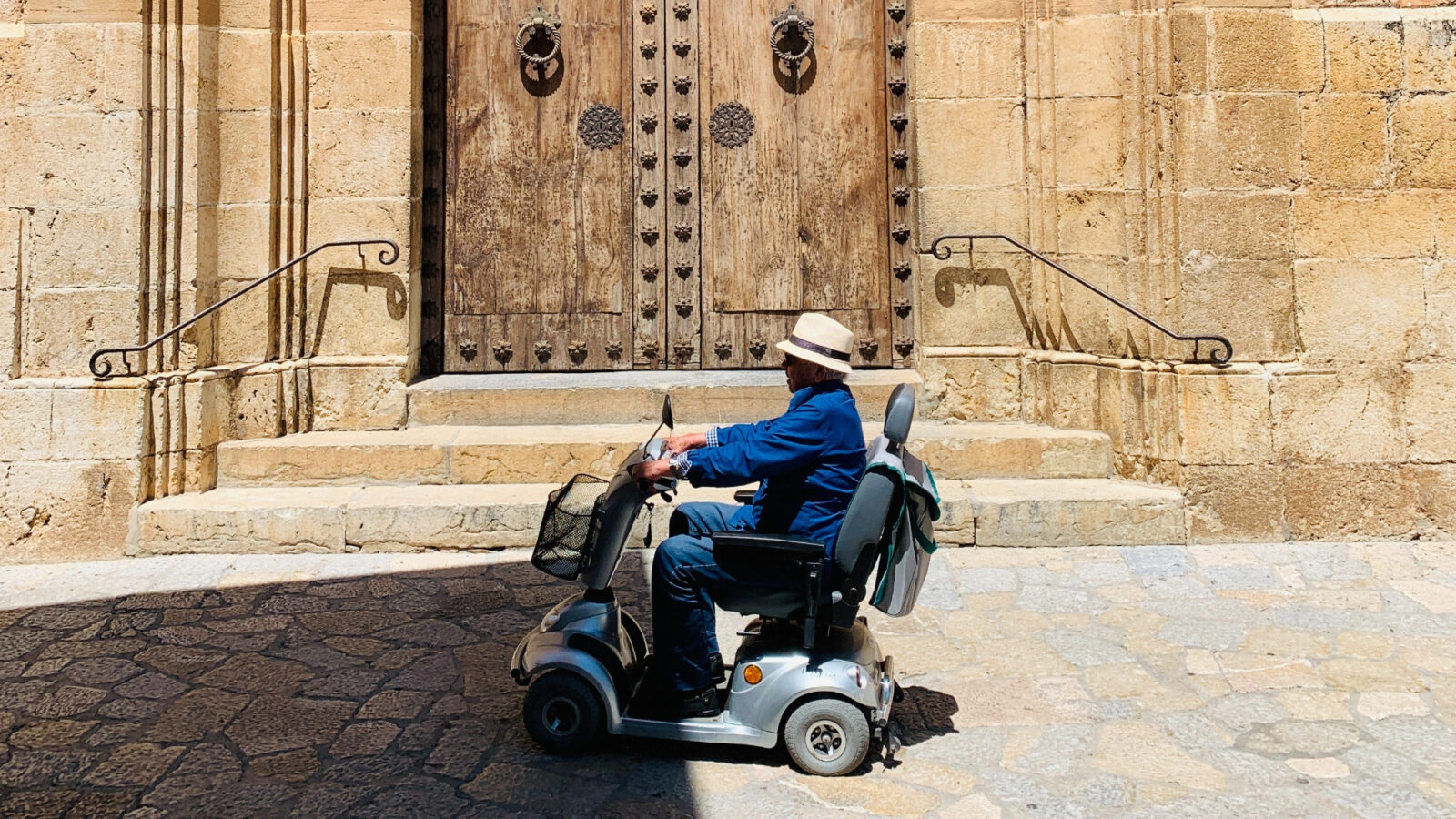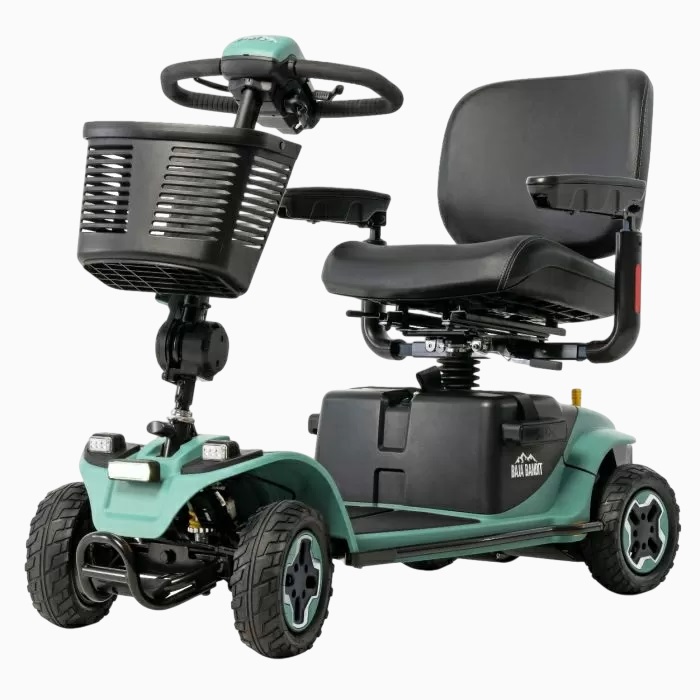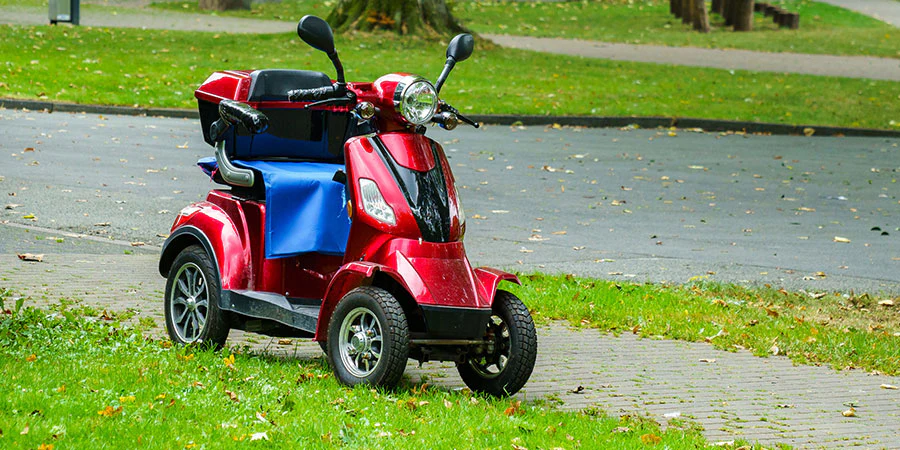I start
Electric scooters help many people stay independent and mobile. But like any mechanical device, sometimes they don’t work, which can be annoying and frustrating. There are common problems that can cause an electric scooter not to start. This article explains how to identify and resolve these issues.
II. Initial inspection
A. Make sure the scooter is charged
First make sure your electric scooter has enough power. The most common cause of start-up problems is a dead battery.
B. Check the battery connections
The bike may also not start if the battery wires are loose or rusty. Check the connections and clean them if necessary.
C. Check the spark plug
Check that the ignition key turns easily and that the display lights up, which means the electrical system is working.
III. Maintain the battery
A. How to check the health of your battery
Use a voltmeter to check that the charge is correct. If the number is much lower than what the manual says, it may be time to replace the battery with a new one.
B. Recommendations for charging and maintaining batteries
Only use the supplied power cord to charge the scooter. Charge the battery regularly, even when not in use.
IV. Diagnose electrical problems
A. Check circuit breakers and fuses
Check if the fuse has blown or the switch has tripped. These are easy to repair and can solve many startup problems.
B. Check the starter switch
You can use a voltmeter to find out if the starter switch is damaged. Replacement is simple but should be done by a professional if it is still in protective condition.
Check the wiring.
Look for broken or loose connections. Wiring problems can be tricky and may require professional help.
V. Mechanical problems
A. Check the brake release
Make sure the brake release button is in the correct position. If the brakes are not connected correctly, the car may not start.
Always check the engine and transmission.
Pay attention to any strange noises when you try to start. These could be signs of engine or transmission problems.
View wheels and axles
Make sure the wheels and frame are not blocked by anything, as this will prevent them from working.
VI. When should you seek professional help?
A. Situations requiring technical personnel
If basic tests do not solve the problem, it is time to call a specialist.
B. How do you find a good scavenger repair shop?
You should look for a repair shop that specializes in mobile tools. Read reports and ask other scooter users for recommendations.
VII. Maintenance to prevent problems
A. Regular maintenance schedule
Many starting problems can be prevented by carrying out regular maintenance.
B. Do-it-yourself service skills
Check the air filter regularly and replace it if necessary. Also keep your mobility scooter clean and lubricate all moving parts.
C. When to replace new parts?
To keep your mobility scooter running smoothly, you need to know when to repair parts like your tires, brakes, and battery.
8. Using add-ons for electric scooters
A. How diagnostic tools can help
Investing in monitoring tools can help you identify problems faster.
B. Why it is important to use official accessories: Use only official accessories to keep your warranty valid and avoid connection problems.
IX. Legal points to consider
A. What does the warranty cover?
Find out more about your scooter’s warranty, including what it covers and how long it lasts.
B. Understand how service contracts work
For more comprehensive protection, you may need to purchase a service subscription.
X. Do-it-yourself repairs
Simple solution that anyone can do
Learn how to make simple repairs such as replacing the plug or restarting the computer on your scooter.
B. Safety precautions when repairing things
Always follow scooter safety rules to prevent injury to yourself and others.
Misconceptions about scooter repair
Myth busting
A number of myths debunked, such as that more expensive batteries last longer.
Provide realistic goals
Be honest with yourself about what you can fix and when you need help.
XII. Tips for experienced users
A. Buy better parts
Find out how replacing parts such as tires or batteries can make your car drive better.
B. Improve the scooter’s performance
Consider modifying your mobility scooter so that it works better and lasts longer.
Chapter 13: What to do in
As for the most common problems that prevent your mobility scooter from starting and how to solve them, you can use this as a useful tool in your daily life. Remember that regular maintenance is important to keep your equipment running for a long time.
sixteen. Frequently Asked Questions
What should I check first if my mobility scooter does not start?
Make sure your scooter is always fully charged and that the connections between the batteries are clean and tight.
Can I replace the battery?
Replacing the battery on an electric scooter is simple and most people can do it themselves by simply following the manufacturer’s instructions.
What should I do if I check the battery and switch and my scooter still won’t start?
To avoid causing more damage, it’s best to talk to a trained expert if basic repairs don’t help.
How often should I keep my bicycle in good condition?
A maintenance schedule can be found in the owner’s manual, but a good rule of thumb is to inspect your scooter once a month before using it for extended periods of time.
Are there common mistakes people make that cause their scooter to not start?
A common mistake is not checking that the brake enable button is set correctly. For safety reasons, this prevents the scooter from starting.


